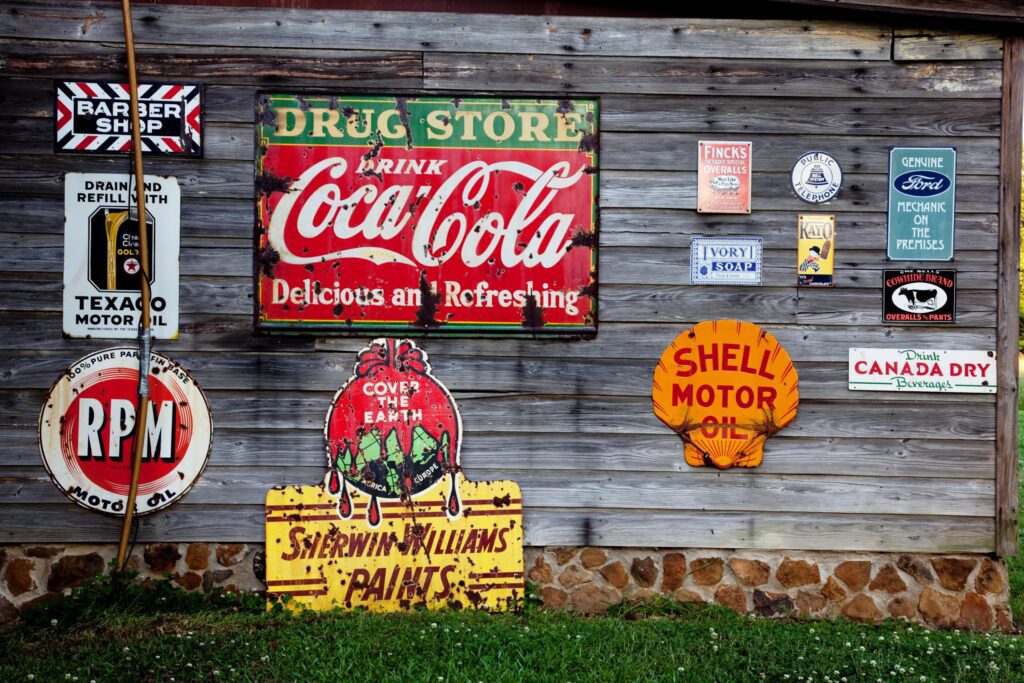Let us discuss some examples of companies which showed recession-free growth due to their advanced marketing efforts.
Thank you for reading this post, don't forget to subscribe!1. Kellogg’s during the Great Depression
In the 1920s, the Post was the market leader, but when the Great Depression hit, the company significantly reduced its marketing.
Meanwhile, its biggest rival, Kellogg’s, doubled its advertising spending and quickly saw its profits jump 30%! In fact, after overtaking the top spot in the 1920s, Kellogg’s remains the category leader a century later.
Additionally, Roland S. Vale tracked 200 companies during the Depression of 1923. They reported that companies that continued to advertise during the crisis were 20% ahead of those before the recession. On the other hand, companies that reduced their marketing were still in recession and were 7% behind their 1920 position.
Companies that continued advertising during the recession of 1923 overtook 20% of their pre-recession positions.
2. Toyota during the recession of 1973-1975
The energy crisis between 1973 and 1975 saw a 17-month recession. At the time, the Toyota Corolla was second only to the Honda Civic in government-issued miles-per-gallon (MPG) reports.
However, things changed after the recession hit. Toyota resisted the temptation to cut its marketing budget, and by 1976, the company had become the top imported car maker in the United States.
3. Pizza Hut during the 1990–1991 recession
During the 1990–1991 recession, McDonald’s decided to reduce its marketing spending and promotion budget. In contrast, Pizza Hut and Taco Bell took advantage of their reduced presence and focused their efforts on maintaining their respective marketing activities.
As a result, both companies experienced higher sales, with Pizza Hut seeing a 61% increase and Taco Bell seeing a 40% increase. We must mention that McDonald’s saw a decline of 28% in sales.
4. Amazon during the recession of 2008-2009
In 2008 and 2009, while the world was in recession, Amazon increased its sales by 28%. How? They continued to innovate with new products and even launched the now famous Kindle. This move, although risky, helped the company increase its market share, and on Christmas Day 2009, Amazon customers actually bought more e-books than printed books!
We are all aware of the monopoly that Amazon is currently enjoying, having gained a loyal and happy customer base over the years.
3 Ways Marketing Improves Your Chances of Surviving in a Down Economy
1) Marketing Reminds Your Customers Why You’re Worth Their Money
A bad economy means everyone is reluctant to spend money. It’s not just you. If your business’s budget is tight, your customers’ budgets may be even tighter. And just as you’re making tough choices about how to spend your money, so are they.
Your customers may be giving up luxuries or necessities in order to buy necessities. When it comes to those needs, they are looking for more affordable options.
At this point, you need to convince your customers that your business and the products and services you offer are worth the money they’re budgeting so tightly. How do you get that message across to them without marketing?
This logic explains why businesses that continue to market themselves during a recession do better than those that do not. According to studies, you may want to increase your spending instead of cutting it. More marketing dollars can translate into more profits even when the general public is watching their spending.
2) Marketing lets you demonstrate consistency
Marketing is, in some ways, a power move. Especially in uncertain times, marketing allows you to show people that things are continuing as normal. They are not changing. They might even be getting better.
This image of strength and stability attracts customers. They see a stable business and they understand the underlying reasons: Because the business is doing well. It takes care of its customers. Its product or service is of high quality.
This type of business is attracted towards the customer. They don’t want to spend money with a shaky business, even if they personally like what the business has to offer. Why stick with a business that you don’t think is going to last? Many customers want to spend money with businesses with whom they can have a reliable, trustworthy long-term relationship.
Marketing tells them that your business is one that will last.
Keep in mind that this doesn’t mean you have to hide how your business is adapting to the changing times. Instead, use marketing as a way to highlight it. Are you offering special rates? Do you have different subscription plans? Are your hours of operation going to be different? These are all things that your loyal customers want to know, and without marketing, they can’t get that message across.
3) You want to compete with the competition
Finally, here’s a hard reality you need to know: Your competitors will continue to advertise. At least, smart people will. So if you don’t keep up with your marketing efforts, their message will be the one that consistently reaches your target audience.
On the other hand, if you keep up with your marketing, you become smart competition for those who have decided to cut back on advertising. And you’ll bring in new customers while other businesses are struggling.





